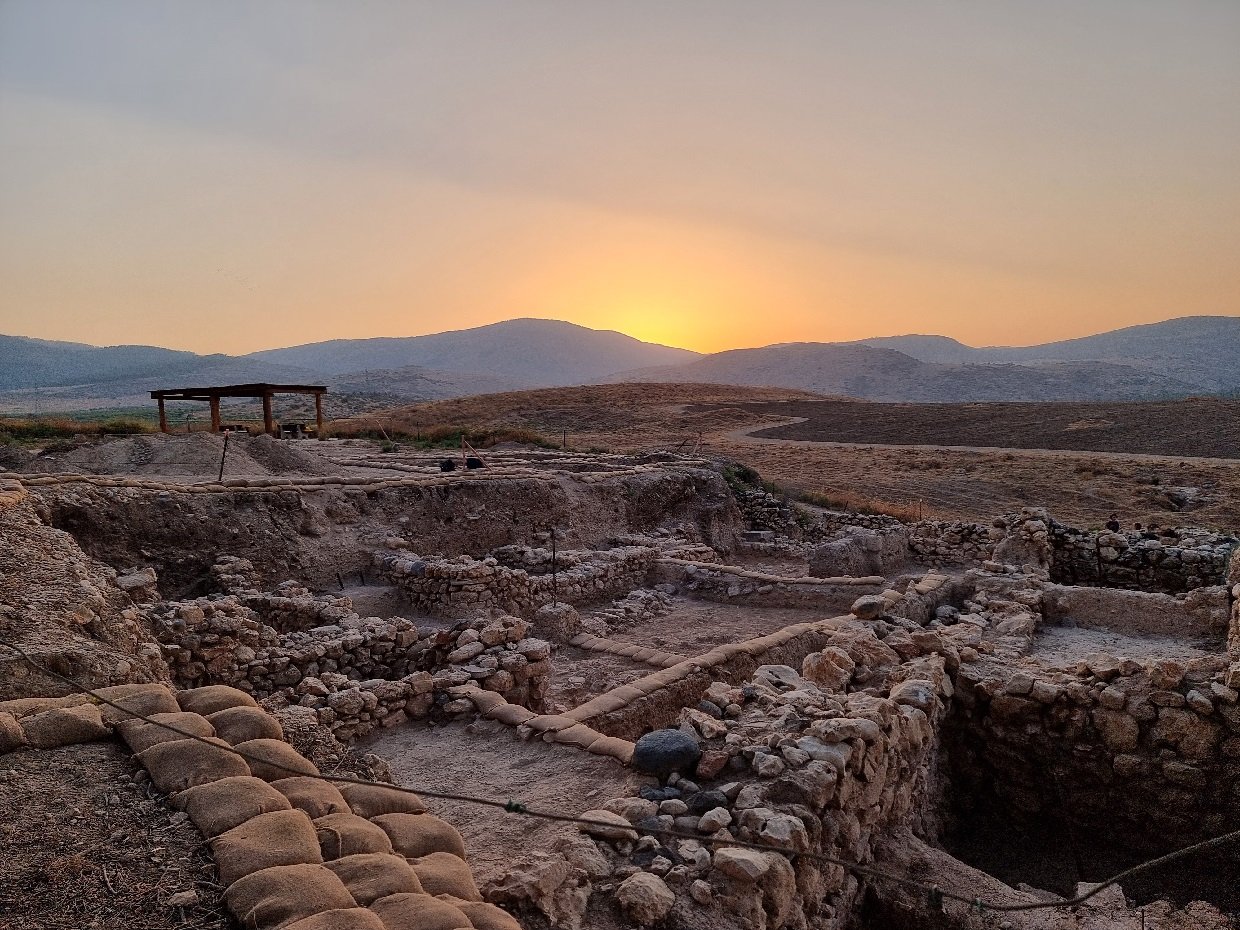Archaeologists are conducting a study of the Iron-Age metropolis of Tel Hazor to understand how one of the largest “megacities” of the Bronze Age was abandoned and then resettled.
Tel Hazor is located north of the Sea of Galilee in the northern Korazim Plateau, Israel. From the Middle Bronze Age to the Iron Age, Tel Hazor emerged as one of the largest fortified cities in the Fertile Crescent, which the Book of Joshua described as “the head of all those kingdoms”.
Various sources from this period, including letters and clay tablets from cities in Syria and Egypt, indicate that Tel Hazor was a major trading hub and cultural melting pot for the entire Near East region.
A new project, titled: “Resettlement of Ruins and Memories in the Making – A Case Study on Hazor and the Shaping of Early Israelite Identities during the Iron Age”, is being conducted by researchers from the University of Oldenburg in partnership with the Hebrew University of Jerusalem and the University of Regensburg.
Around 1300 BC during the Late Bronze Age (LBA), a major destruction event with extensive burning left the city abandoned. However, Tel Hazor was repopulated during the Iron Age on a reduced scale.
The project objective is to understand which culture repopulated the city and provide new insights into the transition at Tel Hazor from the Bronze Age to the Iron Age based on archaeological findings and references in biblical texts. The Book of Joshua from the Old Testament, for instance, describes how the Israelites conquered Hazor, which was inhabited by Canaanites at the time.
Researchers from the fields of archaeology, social and cultural history, anthropology and Hebrew biblical studies, plan to create a comprehensive overview of the cultural and ethnic transformations that took place in the area between the Euphrates and the Sinai Peninsula during the transition – and of how the identity of the early Israelites developed in the course of these upheavals.
A second objective is the literary-historical and cultural-historical reconstruction of the accounts of Hazor and the Canaanites within the biblical tradition, and an examination of how these narratives are linked to the biblical imagination of Israel as an early tribal culture.
Hebrew Bible scholar and archaeologist Prof. Dr Benedikt Hensel, said: “In the biblical narratives, Hazor is portrayed as the capital of the Canaanites. This image is for the most part artificial, but over the centuries during which the biblical texts were compiled it endured – even long after the settlement had been abandoned.”
“Hazor serves as a counter-image to the Israelites, shaping the identity of biblical Israel through literary means,” he observes. The project team is investigating the potential historical anchor points of these identity-building processes,” added Hensel.
Header Image Credit : Maryam Matta
Sources : University of Oldenburg – Resettlement processes and cultural transformation in an ancient megacity





